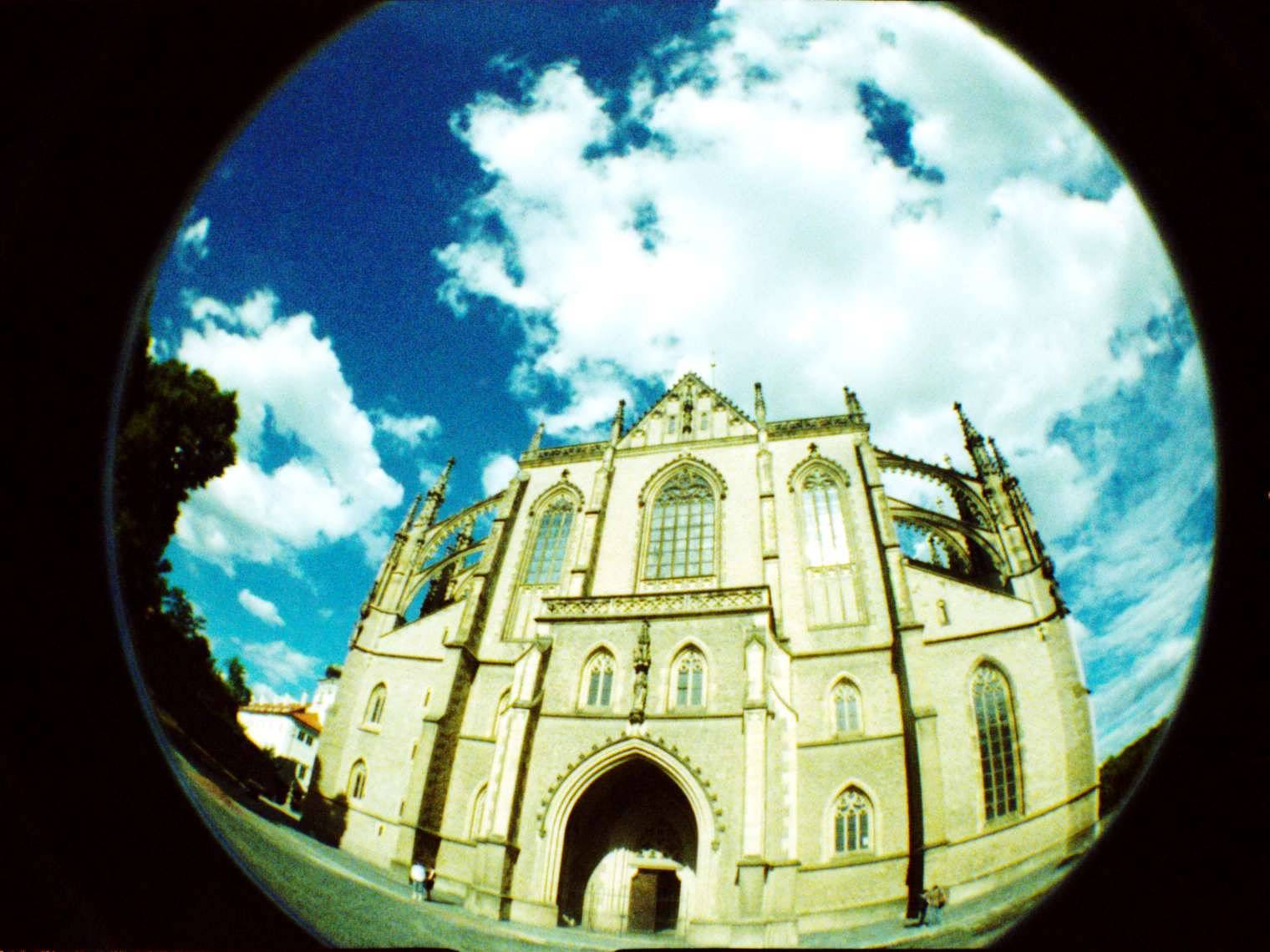The Wanderlust Wonderlist: World Heritage Sites in Eastern Europe (As Seen By The Community)
1 Share TweetDespite the cold weather and possibly, the colder impressions, Eastern Europe is home to some of the most historically rich and perfectly preserved sites in Europe. Take a look and see if this doesn’t give you the wanderlust!
Budapest, including the Banks of the Danube, the Buda Castle Quarter and Andrássy Avenue
Location: Budapest, Hungary
Date of Inscription: 1987
“This site has the remains of monuments such as the Roman city of Aquincum and the Gothic castle of Buda, which have had a considerable influence on the architecture of various periods. It is one of the world’s outstanding urban landscapes and illustrates the great periods in the history of the Hungarian capital.”
Ancient City of Nessebar
Location: Burgas Province, Bulgaria
Date of Inscription: 1983
“Situated on a rocky peninsula on the Black Sea, the more than 3,000-year-old site of Nessebar was originally a Thracian settlement (Menebria). At the beginning of the 6th century BC, the city became a Greek colony. The city’s remains, which date mostly from the Hellenistic period, include the acropolis, a temple of Apollo, an agora and a wall from the Thracian fortifications.”
Kutná Hora: Historical Town Centre with the Church of St Barbara and the Cathedral of Our Lady at Sedlec
Locations: Kutná Hora, Central Bohemian Region, Czech Republic
Date of Inscription: 1995
“Kutná Hora developed as a result of the exploitation of the silver mines. In the 14th century it became a royal city endowed with monuments that symbolized its prosperity. The Church of St Barbara, a jewel of the late Gothic period, and the Cathedral of Our Lady at Sedlec, which was restored in line with the Baroque taste of the early 18th century, were to influence the architecture of central Europe.”

Rila Monastery
Location: Kyustendil Province, Bulgaria
Date of Inscription: 1983
“Rila Monastery was founded in the 10th century by St John of Rila, a hermit canonized by the Orthodox Church. His ascetic dwelling and tomb became a holy site and were transformed into a monastic complex which played an important role in the spiritual and social life of medieval Bulgaria. A characteristic example of the Bulgarian Renaissance (18th–19th centuries), the monument symbolizes the awareness of a Slavic cultural identity following centuries of occupation.”
Stay tuned for more upcoming wonderlists about the World Heritage Sites! In the meantime, you can read more about them in the official UNESCO World Heritage Committee website.
You might also like:
written by geegraphy on 2013-07-29 #places #locations #location #lomography #eastern-europe #wanderlust-wonderlist #world-heritage-sites




























No Comments